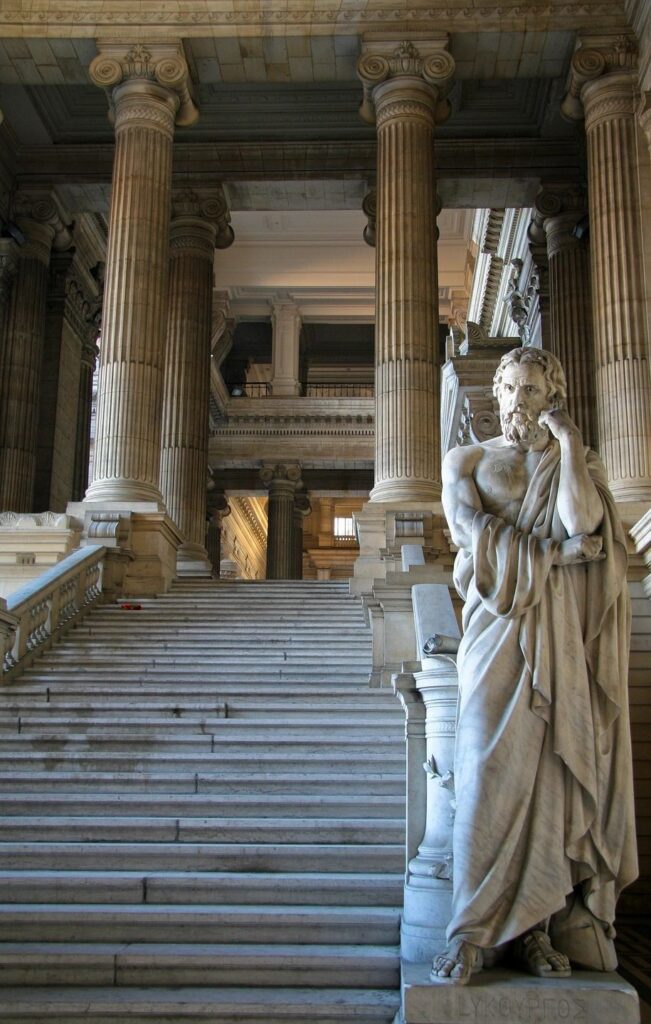History
The history of Bartow spans over 150 years, although humans have inhabited the area for close to 12,000 years. Established in 1851 by Redding Blount, the city has gone from being a small frontier outpost vulnerable to Seminole Indian attack to being the county seat of Polk County, a county with more than half a million people.
Located near the geographic centers of both peninsular Florida and Polk County, Bartow has always been in the middle of the big changes taking place in Florida.
Polk County Genealogical Library: The library, located in the east wing of The Polk County History Center, contains 13,000 books, manuscripts and typescripts, 7,000 microfilms, 18,000 periodicals, 700 maps and 12 cabinets of vertical files. The collection includes city directories, aerial photographs, plat books, tax census, marriage, court, cemetery, Revolutionary and Civil War records, wills, compiled genealogies and rare periodicals. This non-circulating collection provides thousands of annual visitors the opportunity to discover information about their families and the history of Central Florida. The library offers state-of-the-art research opportunities through internet access and rare family history materials. It is also considered one of the finest genealogical libraries in the nation.
Homeland Heritage Park: Offering a glimpse into the past, this five-acre site is Polk County’s only historical park. It includes the Homeland School (1878), the old Homeland Methodist Church (1887), the former Methodist parsonage and church annex. the Raulerson House (1880), and the English family’s log cabin and barn (1888). Homeland Heritage Park will take you back to another era.


The L.B. Brown House, located on L.B. Brown Avenue in downtown Bartow, was designed and constructed in 1892 by a self-taught master carpenter, Lawrence Bernard Brown. Mr. Brown was born into slavery in 1856 and had limited formal education. Lawrence Brown overcame those debilitating circumstances and became one of Polk County’s most successful businessmen and community leaders. The home that he built has nine rooms. It is an impressive two story structure with a generous amount of Victorian ornamentation. Lawrence Brown was named “A Great Floridian” by the Florida Department of State. The house is listed on the National Register of Historic Places and may be the only one of its kind in Florida, still in existence, that was built and owned by a former slave. It is also one of the exhibits in the Smithsonian National Museum of African American History and Culture in Washington, D.C.
Oak Hill Cemetery: Many of Bartow’s early pioneers were laid to rest in Oak Hill Cemetery located just one block south of Main Street. Many of the graves date back to Bartow’s humble beginnings. Some have Confederate markers, reminders of this nation’s Civil War. Gravesites include those of Readding Blount and Jacob Summerlin.
Alafia River Rendezvous: Each January, Bartow becomes one of America’s favorite sites for historical encampments. The annual Alafia River Rendezvous is a 13-day event held on a 322-acre site just south of Bartow in the community of Homeland. More than 1,300 participants wear the garb of trappers and traders, Colonials and American Indians. They wear kilts and hides, as well as Revolutionary War uniforms. For the most part, they gather for their own entertainment, reenacting the lifestyle of pre-Colonial America to 1840. This event has become an educational and cultural experience for thousands of local children and is open to the public for two days attracting thousands of visitors.